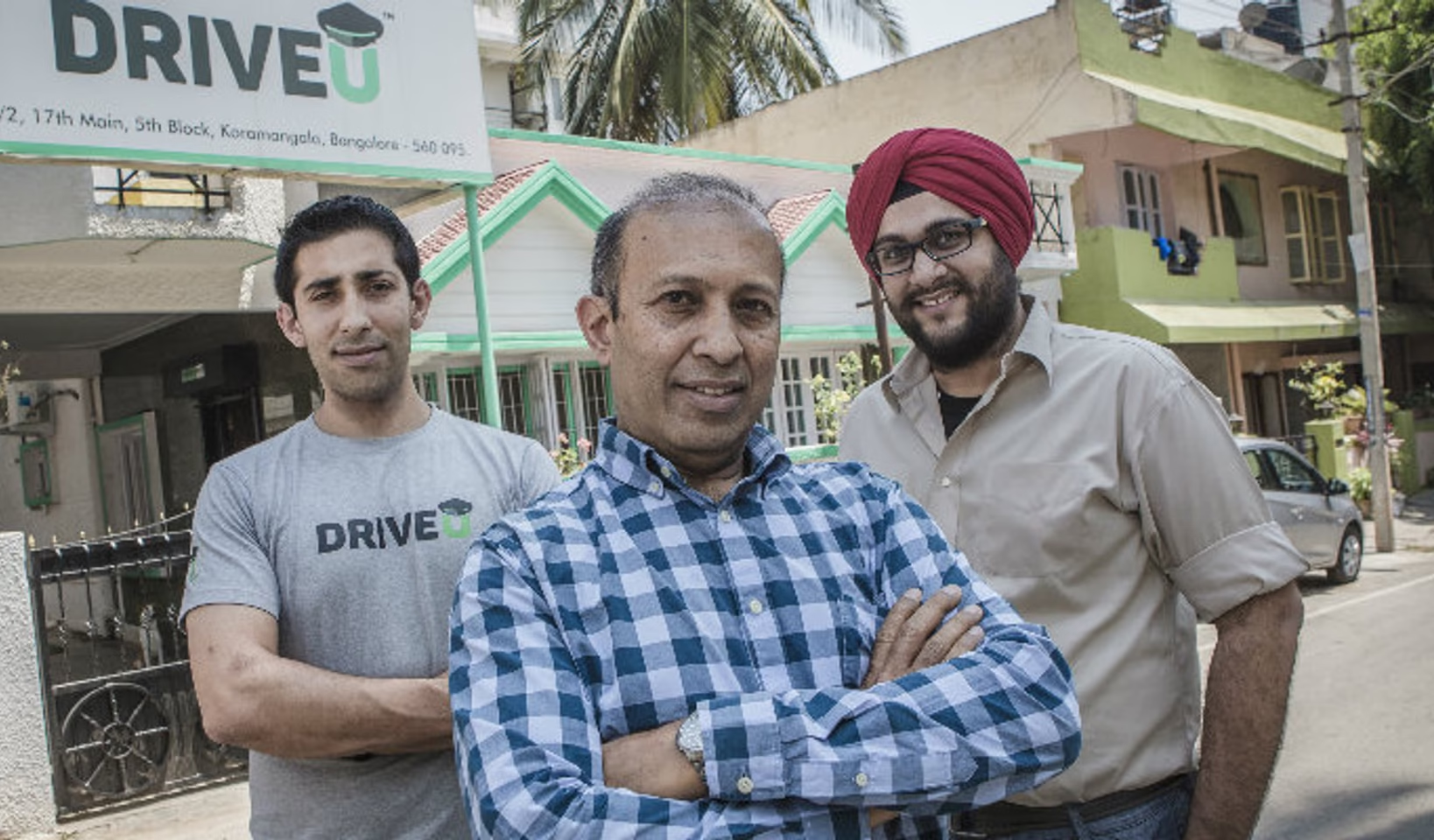As India accelerates towards its electric vehicle (EV) future, the EV charging station ecosystem remains missing in Tier 2/3 cities and residential areas. But therein lies the opportunity — for young entrepreneurs to build neighbourhood EV charging stations with minimal investment and scalable profits.
Why This Business Makes Sense in 2025
- EV Sales Boom: Over 15 lakh EVs were sold in India in 2023–24 (FAME II data).
- Charging Gap: India has ~12,000 public chargers for over 30 lakh EVs – a massive shortfall.
- Government Push: Subsidies, simplified permissions, and demand aggregation platforms (like CESL) make entry easier than ever.
- Neighbourhood Demand: Most EV users charge at home or in society parking — but slow setups or lack of availability creates need for alternatives.
Business Concept: “Neighbourhood EV Charging Hub”
Instead of building large charging infrastructure, you can install 1–2 slow AC chargers (3.3kW–7.4kW) in:
- Housing societies
- Apartment complexes
- Shops with parking
- Schools or hospitals (after hours)
- Small commercial parking spaces
Ideal for 2-wheelers, 3-wheelers, and entry-level EV cars.
How to Set Up a Charging Station (Step-by-Step)
1. Site Selection
- 1 dedicated parking spot
- Nearby electricity access (single-phase or three-phase)
- High footfall or EV density
2. Buy a Charger
Choose from BIS-approved Level 1/2 AC chargers:
- Brands: ChargeZone, Exicom, Statiq, Kazam, Numocity, etc.
- Price: ₹25,000–₹75,000
- Power Range: 3.3kW to 7.4kW
3. Installation
- Hire an authorized electrician
- Ensure surge protection, metering, weather safety
- Total cost: ₹5,000–₹10,000
4. Electricity Connection
- Use existing meter (if residential/commercial)
- Or get a dedicated commercial connection (if large-scale)
5. Billing & Access
Use IoT-enabled chargers with apps:
- Remote monitoring
- QR payments
- Usage tracking
- Brands like Statiq offer platform integration for billing.
Business Math – Can You Make Money?
Here’s a basic financial model for 1 charger with 30 kWh daily usage:
| Metric | Amount (INR) |
|---|---|
| Setup Cost (one-time) | ₹75,000 |
| Electricity Cost (₹7/kWh) | ₹6,300/month |
| Revenue (₹20/kWh) | ₹18,000/month |
| Monthly Profit | ₹11,700/month |
| Break-even Time | ~6–7 months |
Assumes 3–4 cars charging per day, charging 30 kWh in total.
How to Earn More
- Subscription Plans: Offer discounted monthly rates for societies.
- Time-of-Day Pricing: Increase rates at night or peak hours.
- Ad Revenue: Run digital ads/screens near the station.
- Expand Fleet: Add more chargers as usage increases.

Pro Tips for Young Entrepreneurs
| Tip | Insight |
|---|---|
| Start Small | Begin with one charger in your locality or building. |
| Partner with RWA/Society | Offer 10–15% revenue share in return for parking access. |
| Use Govt Support | Register on Bharat EV portal, check state EV policies. |
| Maintain Reliability | Quick repairs & monitoring builds customer trust. |
| Go Digital | Add your station on Google Maps & apps like Statiq or ChargeGrid. |
Final Word: A Plug-and-Play Future
EV charging stations can sound like an infrastructure bet — but in actuality, it’s the kirana shop equivalent of the EV universe. Cheap, local, and indispensable.
With ₹1 lakh or less, Indian youth can set up a profitable, future-proof business that grows as EV adoption rises. The government wants you to do it, society needs it, and the numbers make sense.
Also Read: Ford to restart manufacturing in India

























